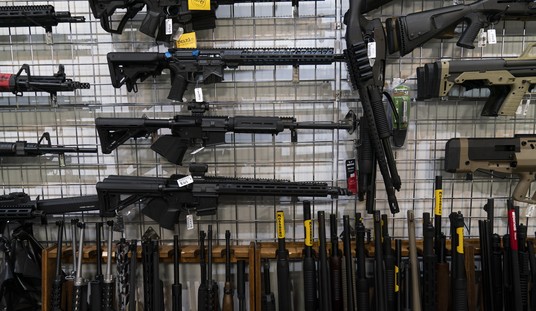A North Carolina judge declared a mistrial in the homicide case of Charlotte police officer Randall Kerrick, who had been accused of using excessive lethal force after he was charged by a former college football player in late 2013.
Two years after a deadly struggle in the dark of night and three weeks into an emotionally charged trial, jurors said Friday they were hopelessly deadlocked, an outcome that satisfied neither side in the polarizing case of a white police officer charged with killing an unarmed black man.
The jury was unable to unanimously decide whether Charlotte-Mecklenburg police Officer Randall “Wes” Kerrick used excessive force in firing 12 shots at Jonathan Ferrell, who charged at him moments after police encountered him walking near a neighborhood pool.
Eight jurors were for acquittal and four for conviction, according to someone close to the proceedings.
Within moments of the mistrial, about a dozen protesters, whites and blacks, lay down with hands behind their backs and blocked traffic outside the courthouse on Fourth Street, chanting “No justice, no peace.”
Like so many people, I’d been suckered by early media misreporting of the “facts” of the story, which painted the picture of a wounded accident victim being callously gunned down as he sought help.
But as the dashcam video of that night clearly shows, Ferrell wasn’t measurably wounded in the car accident, and was able to go from a walk to a full charge in just steps when he decided to attack Officer Kerrick for reasons that will never be explained.
In the end, evidence showed that Jonathan Ferrell bum-rushed officer Kerrick, and that after Kerrick yelled three times, “get on the ground!” as he was retreating, he felt that he was forced to open fire in self-defense.

(Charlotte Observer)
As we noted in our pre-verdict analysis, Officer Kerrick’s decision to fire was reasonable under the circumstances.
Evidence shows that Kerrick fired eight of the 12 shots he fired as Ferrell was on top of him.
Kerrick claimed that Ferrell was struggling to acquire Kerrick’s handgun, and DNA evidence does show that Ferrell’s DNA was all over Kerrick, and that Kerrick’s DNA was recovered under the fingernails of Ferrell. This would seem to support Kerrick’s claim (supported by Officer Adam Neal) that Ferrell was trying to claw his way up Kerrick’s body, perhaps going for his gun.
Ultimately, the physical evidence, Kerrick’s testimony, that of the two other officers on the scene (one white, one black), and that of a recognized use of force expert made the difference in the case.
Kerrick testified that he yelled “Get on the ground” three times and then fired his first shots at Ferrell while backing up.
He then testified that he found himself in a ditch with Ferrell on top of him, crawling up his body and trying to take his gun. He said Ferrell’s shoulders were at his waist. He said he felt a jerk on his pistol.
“I thought I was going to die,” a tearful Kerrick testified, adding he felt he had no option but to shoot. “There was absolutely nothing else I could do.”
A state training expert testified that Kerrick’s decision to draw and use his pistol complied with state law enforcement training and CMPD directives on the use of lethal force.
Dave Cloutier, a longtime trainer with the state Justice Academy and now a professional expert witness on the use of force, said Kerrick was justified in shooting Ferrell because the two appeared to be struggling over the officer’s weapon. That made the situation “a lethal-force encounter,” Cloutier said.
The officer who fired his Taser at Ferrell as he charged Kerrick, Thornell Little, was of the opinion that Kerrick was justified. Even Officer Adam Neal, whom the media reported as being of the opinion that Kerrick shouldn’t have fired, testified that the reason he didn’t fire was that “I might hit Officer Kerrick.”
The only Charlotte Police officer who thought Kerrick shouldn’t have fired was a policy writer who wasn’t at the scene, Capt. Mike Campagna.
This was a horrible situation, but let’s be perfectly blunt: Jonathan Ferrell’s decision to charge Officer Randall Kerrick for no reason at all is what created this deadly force encounter, and no one is to blame for Jonathan Ferrell’s death but Jonathan Ferrell.








Join the conversation as a VIP Member